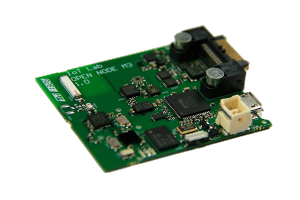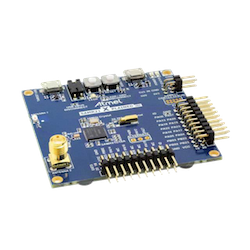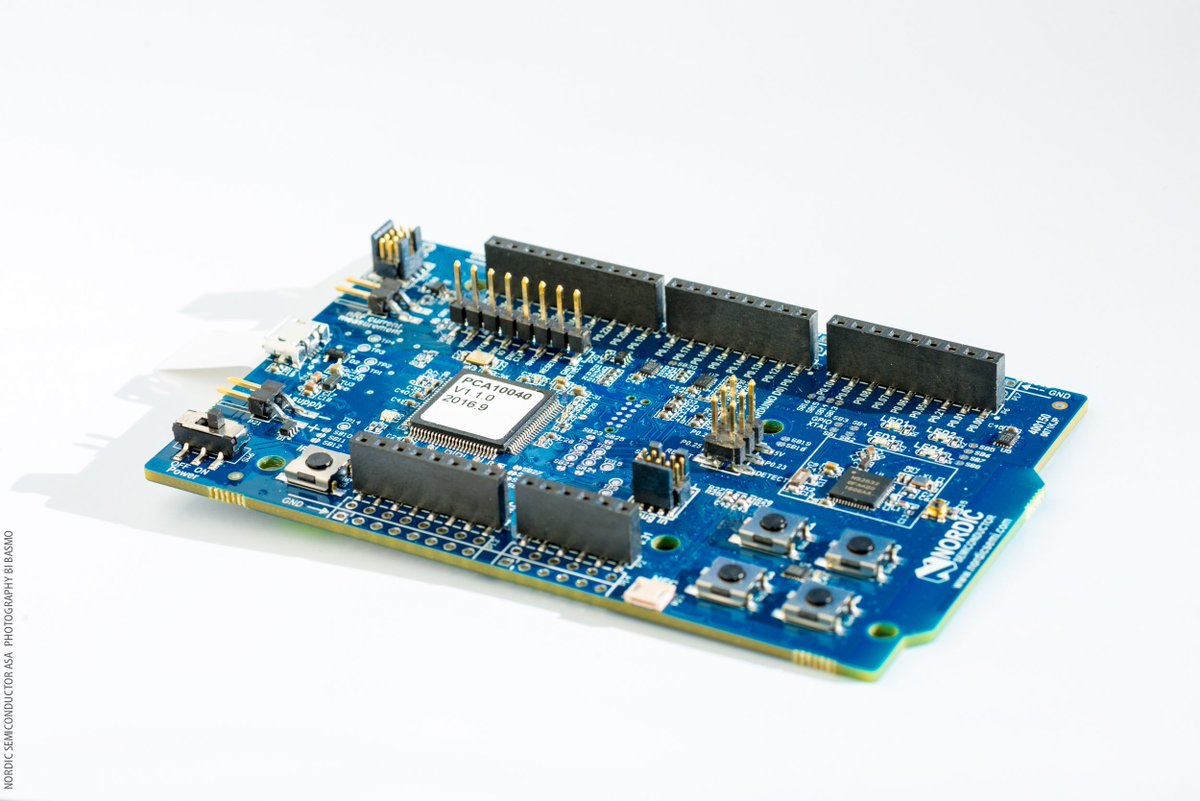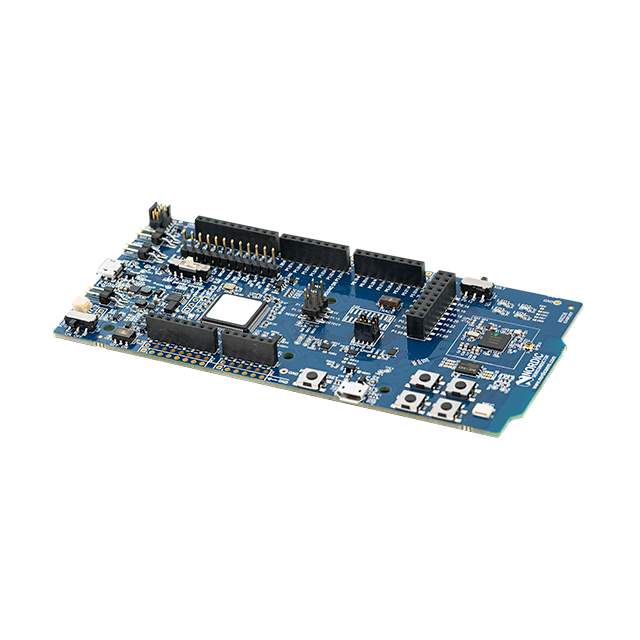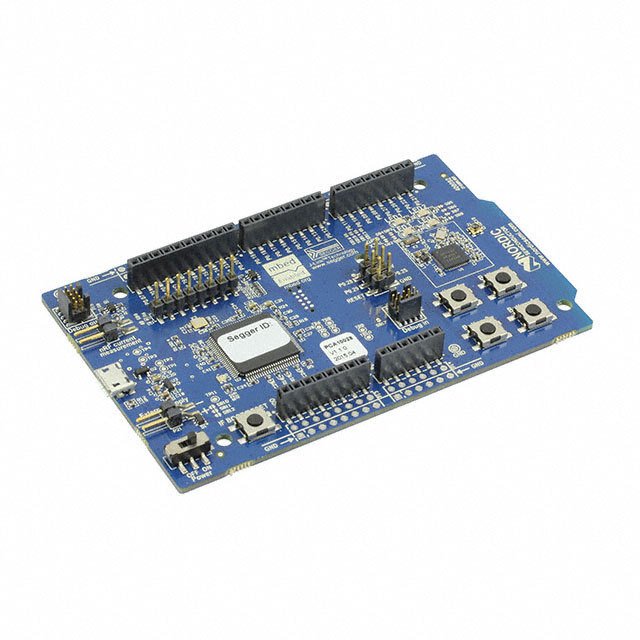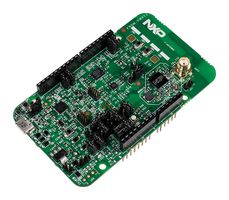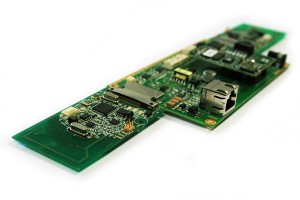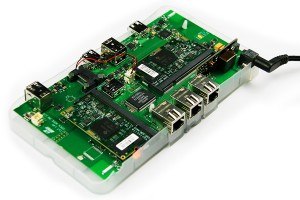Various hardware platforms available
Choose your flavour(s) for experimenting from WSN to IoT
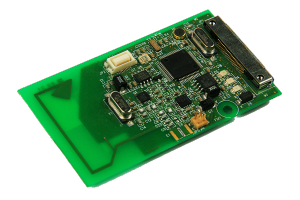
WSN430 Node
based on MSP430F1611 MCU and communication with a 802.15.4 PHY Layer (800 MHz or 2.4 GHz)
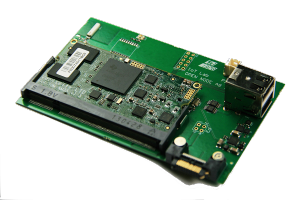
A8 Node
based on TI SITARA AM3505 (ARM Cortex A8) allows to run Linux. This node embeds also a M3 Node with 802.15.4 comm.
Atmel SAM R21
based on ARM Cortex M0 and communication with an IEEE 802.15.4 Atmel radio interface at 2.4 GHz.
Zolertia Firefly
based on the CC2538 ARM Cortex M3 and communication with a 2.4 GHz IEEE 802.15.4 radio bundled with a CC1200 868/915 MHz RF transceiver.
nRF52840DK
Based on Nordic nRF52840 ARM Cortex M4 MCU and prodiving BLE + IEEE 802.15.4 2.4GHz radio.
FRDM-KW41Z
NXP ultra-low power KW41Z microcontroller, based on Arm Cortex -M0+ with BLE and IEEE 802.15.4 2.4GHz radio.
What is an IoT-LAB node ?
The IoT-LAB hardware infrastructure consists of a set of IoT-LAB nodes. A global networking backbone provides power and connectivity to all IoT-LAB nodes and guarantees the out of band signalling network needed for command purposes and monitoring feedback.
An IoT-LAB node consists of three main components
![]()
 OPEN NODE
OPEN NODE
It is made available to the user during his experimentation. This node is totally open and the user is granted a full access to the memory. This implies that he can load and run any operating system. This feature is handled using a remote access to reboot and (re)load any firmware on any node.
 GATEWAY
GATEWAY
It o ffers a connection to the global infrastructure to control and monitor the open node. The gateway also handles the open node serial link if the node is set to be a sink node.
 CONTROL NODE
CONTROL NODE
It is used to interact, passively or actively, with the Open Node. It monitors consumption and sensors values during experiments, selects power supply (battery or PoE).
